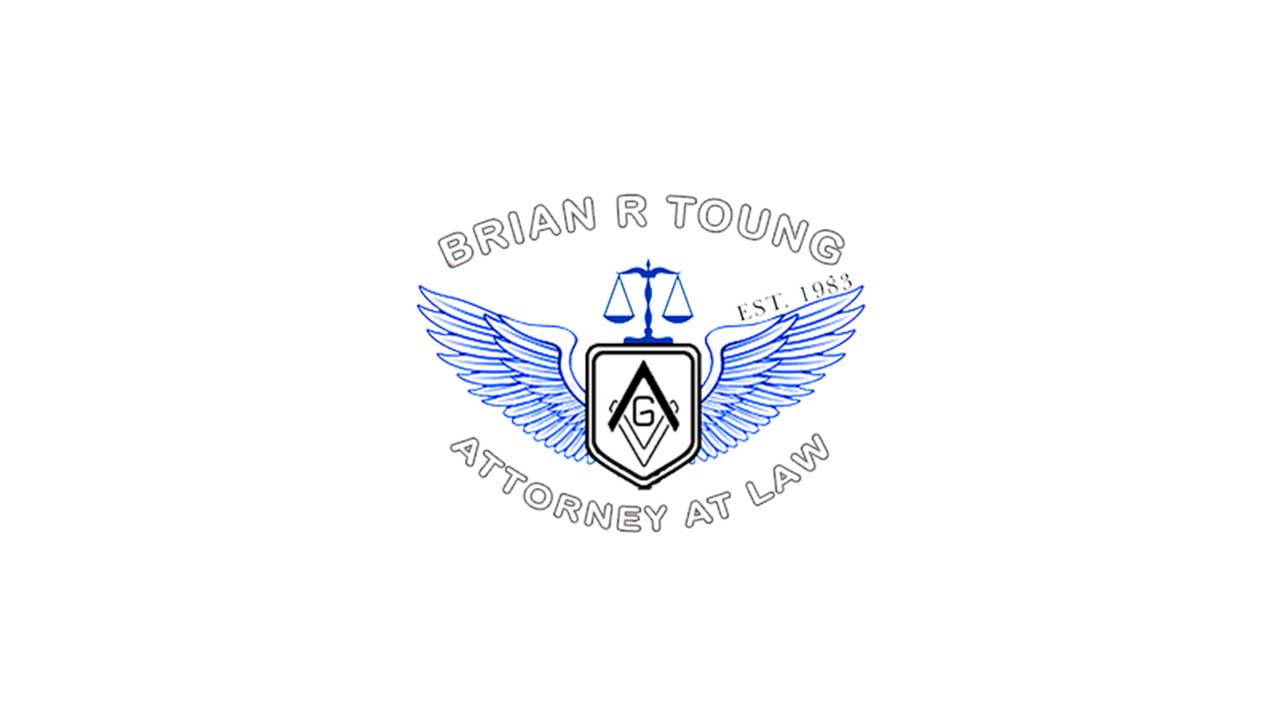Whether it be in an urban area or at the point where you driveway meets the public roadway, intersections by far pose the greatest risk in terms potential to lead to an accident between a motorcycle and a car. In fact, more than 50 percent of Florida motorcycle crashes are caused by a car’s driver infringing on the motorcyclist’s right-of-way.
Other accidents are caused by cars either attempting to make left turns in front of motorcyclists or cutting turns too close when making them from an adjoining lane. Cars pulling in front of motorcycles from side streets also have been shown to be quite a prevalent reasons for accidents.
One of the biggest fallacies with the way motorcyclists think is that they assume that they are visible to others. Drivers who rely on making “eye contact” with another motorist as a sign that the other will yield to their right away have been shown to be dangerous as well. To avoid any chance of an accident occurring, it’s important to constantly be on the lookout for potentially dangerous circumstances.
There are a number of proactive measures motorcyclists can take to increase their chances of being visible to other motorists, especially around intersections. Always having their headlight illuminated, maintaining a safe distance between themselves and cars, and hovering around the bike’s brake and clutch can be particularly effective approaches to minimize accident risk.
Additionally, when it comes to intersections, motorcyclists who make an effort to decrease their speed as they approach an intersection also reduce potential risk of injury from impact. Making an attempt to steer clear or vehicles gearing up to turn may help you avoid catastrophe as well.
If you are involved in a motorcycle accident, wearing protective clothing as well as a helmet can help you avoid suffering significant injuries such as spinal cord injury, brain damage and amputation. Failing to adhere to the aforementioned safety precautions can result in much more serious injures.
Source: Florida Highway Safety and Motor Vehicles, “2013 Florida Motorcycle Handbook,” accessed April 28, 2017

